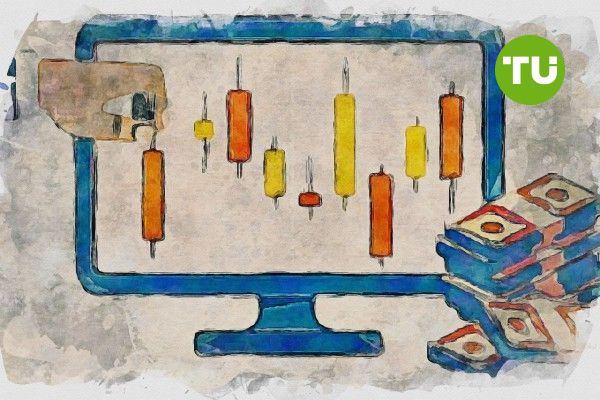Euro price holds near $1.136, yen slips to $144, and Aussie falls below $0.64 amid trade and policy uncertainty
 EUR/USD holds steady near 1.1360 as investors weigh policy signals and U.S.-China trade rhetoric
EUR/USD holds steady near 1.1360 as investors weigh policy signals and U.S.-China trade rhetoric
The euro traded near 1.136 during Monday’s Asian session, maintaining its recent bullish tone as investors digest conflicting developments in U.S.-China trade relations and anticipate central bank policy shifts. The EUR/USD pair remains supported above the key 100-day EMA, while the Relative Strength Index continues to signal momentum with a reading above 61.80.
Despite U.S. President Donald Trump’s assertions that talks with China are progressing, Beijing has denied any ongoing trade negotiations. U.S. Treasury Secretary Scott Bessent also offered no confirmation of tariff discussions, leaving markets to navigate a cloud of uncertainty. Still, investors appear cautiously optimistic, with the euro benefiting from a combination of technical support and a weakening U.S. dollar narrative.
Technically, the euro faces immediate resistance at 1.1400, followed by 1.1547 and 1.1647. On the downside, support rests at 1.1315, with deeper levels seen near the psychological 1.1 and the April low of 1.0888.
EURUSD, USDJPY & AUDUSD price dynamics (Source: TradingView.)
Yen weakens on firm dollar and BOJ rate expectations
The Japanese yen slipped toward 144 per dollar on Monday, continuing last week’s decline as the dollar edged higher. Optimism surrounding U.S.-China trade tensions has underpinned the greenback, while domestic focus in Japan turns to upcoming bilateral trade talks and the Bank of Japan’s policy decision.
Finance Minister Katsunobu Kato emphasized ongoing U.S.-Japan dialogue on currency issues, while top negotiator Ryosei Akazawa is scheduled to visit Washington for further discussions. Meanwhile, the BOJ is expected to hold interest rates steady at 0.5%, citing caution over the potential economic fallout from evolving global tariffs.
Australian dollar pressured by RBA expectations and China caution
The Australian dollar fell below $0.64, declining for a second consecutive session as investor sentiment turned defensive. While the U.S. and China have softened tariff stances, China disappointed markets by refraining from fresh stimulus measures. Attention now shifts to Australia’s March quarter inflation report due Wednesday, which could influence the Reserve Bank of Australia’s likely 25-basis-point rate cut at its May meeting.
In our prior analysis, we highlighted that EUR/USD’s bullish bias remains intact as long as price holds above 1.1315, with 1.1400 acting as the near-term upside trigger zone. Monday’s price action reinforces that view, though any fresh rally will need confirmation from clearer trade signals or dovish policy divergence.













































































































































